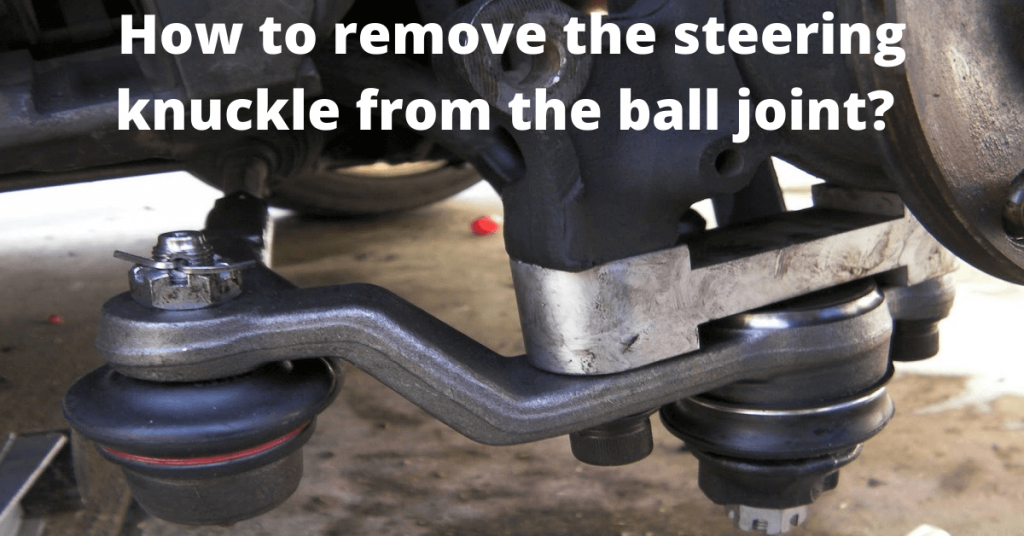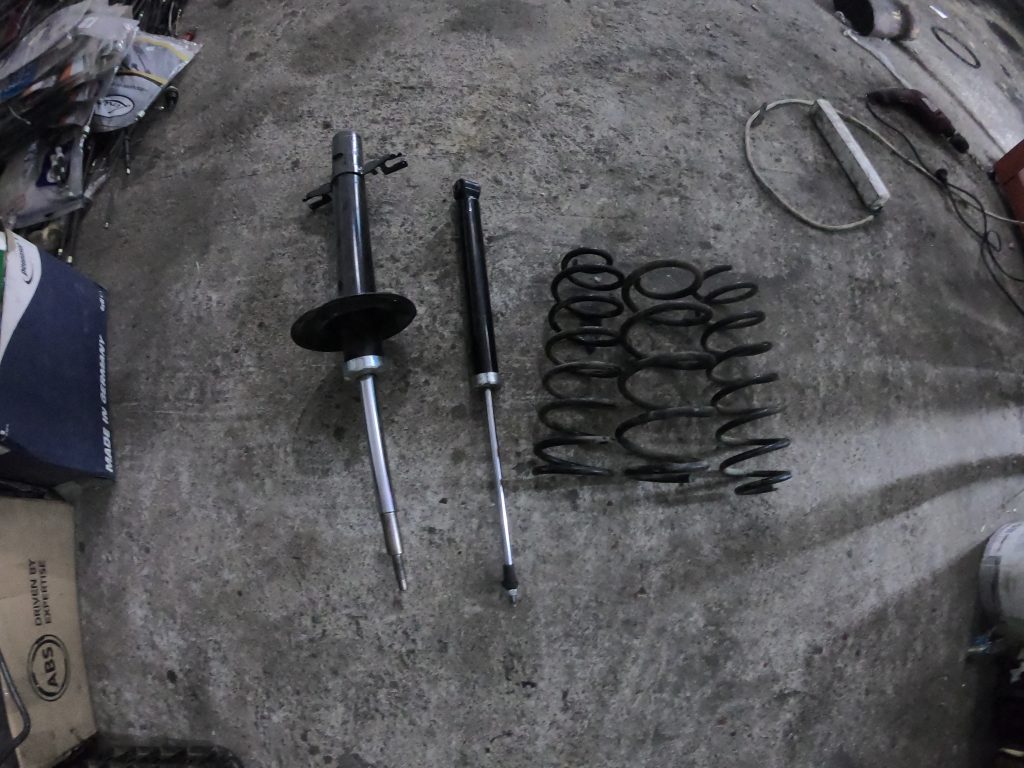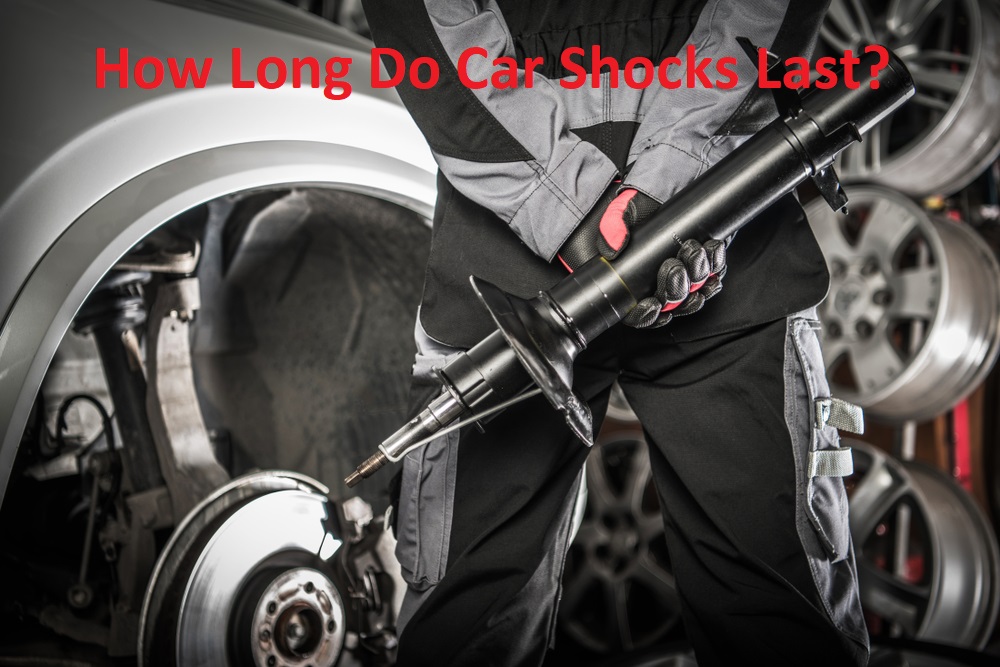The steering knuckle is the pivot center of the steering system, which makes the wheels turn. It is connected to the ball joint and people are asking how to remove the steering knuckle from the ball joint?
It is quite simple, in this article we will show you couple of ways how to successfully finish your job. Read on!
How to remove the steering knuckle from the ball joint? 4 Different methods that we highly recommend
Using a tuning fork
There are a variety of styles available. Some are solid and some have replaceable parts. Your kit could also include an attachment so you could use the tuning fork with an air chisel. We are using a couple of old ball joints to explain this method.
We have 3 types of tuning forks and you will have to choose the best option of tuning fork depending on the type of ball joint. It could be that the smaller version will fit the base of the shaft, the diameter does increase at the taper slightly, which prevents the tuning fork from moving further and will eventually jam when hammered on.
If the tuning fork is too large, it might not have good contact to run the base of the joint assembly, not providing enough pressure when being hammered into place.
Unfortunately, when using the tuning fork, there is a large possibility of damaging the ball joint boot which jeopardizes its life expectancy. Once that boot is ripped, this allows grease to escape and thus allow foreign contaminants to enter.
This wears out the ball joint quicker. This type of tuning fork is shaped like a wedge so that when you hammer, it goes between the steering knuckle and the ball joint, breaking the taper free.
Using the ball joint separator as a specialty tool
Just like the tuning fork tt is available in a variety of sizes. This tool allows you to reuse the old ball joint without doing any damage. When used on the ball joint to be taken off, this tool could adjust to any size.
This is done by removing the pin, then selecting the next hole. When the separator tool is in place, it uses leverage to push the thread stud down while pushing the casting of the steering knuckle away from the taper.
The bar on top pushes the ball joint’s threaded stud while the fork shaped portion pushes against the steering knuckle. The bolt is tightened on the opposite side working as a lever to break the taper free.
Is you’re having a little trouble, you have to give a bit of a hit with a hammer to provide shock to the steering knuckle. However, as mentioned before, hitting an aluminum casting with a hammer is not recommended.
Strike the ball joint with a hammer
This method is recommended if you are not reusing the ball joints because you can damage the threads on the stud. If you have trouble using the tuning fork, give the ball joint a few hits with the hammer, and it will eventually be free.
If you’re worried about damaging the threads, use a brass hammer or use a nut that sits flush with the threaded stud.
This process includes careful removal with 2 hammers
This method is recommended if you are reusing the ball joints and you will not need specialty tools. This is simply hitting the siding of the casting with the hammer on the steering knuckle right beside the ball joint.
The hit provides enough vibration to break the taper free. But it doesn’t always work because there might be tension pushing towards the steering knuckle preventing the ball joint from breaking free. This method should not be used on cast aluminum components because you can crack the casting.
What is a steering knuckle’s purpose and from what materials it’s made of?
Purpose
The steering knuckle permits the car’s wheels to turn because it is the pivot point of the steering system. It works differently on cars with conventional suspension systems and on vehicles with MacPherson strut suspension systems.
On cars with conventional suspension systems, the steering knuckle’s spindle seeks out and supports the inner and outer wheel bearings.
On automobiles with MacPherson strut suspension, the steering knuckle has an entry point which permits connection of the CV axle shaft to the wheel hub and bearing assembly.
Materials
Most commonly, cast iron is used as the material for making a steering knuckle. This might be because cast iron is a high strength material and has a very high factor for safety, durability and reliability. Since these are very important properties as a component for any commercially manufactured vehicle, cast iron is widely used.
But aluminum alloys have started to creep up on the use of cast iron as a material for steering knuckles. Aluminum alloys are known for performance abilities, that’s why they’re now widely used as materials for the steering knuckles of motorsports vehicles.
It has a very light weight compared to cast iron. Specifically, the aerospace grade 7075 aluminum alloy is well recommended for sports and race car vehicles.
How to tell if steering knuckle is bad
It might also be bad because of old age coupled with a recent heavy impact from a road pothole or an unexpected hard object in the car’s path causing damage.
Shocks take most of the impact but it could also be a chain reaction of destruction leading to the damage of the steering knuckle.
How can you tell? What are the symptoms of a bad steering knuckle?
- Hard Braking. Heavy braking combined with force from impact with an obstruction on the road will cause very difficult braking if the steering knuckle is overwhelmed by all the pressure.
- The Suspension is Bottoming. When this happens, the shocks and the springs are of no use anymore. They are not absorbing the ill effects of an impact and the consequence is the force spreads to other parts of the car, including the steering knuckle.
- Difficult Turning of Wheels. When you hit a deep pothole on the road with the wheels rolling straight, the steering knuckle could be affected, but to a slight degree. But when at the point of impact, the wheels have turned and are not straight (especially at high speeds), this could be dangerous because the steering knuckle might break loose.
- Squealing noise on curves and turns. Your steering knuckle might be dangerously loose.
- A steering wheel that shakes.
- Uneven tire wear.
- The car veers towards one side most of the time.
If your bad steering knuckle hasn’t broken yet but is loosely connected to your car, you are most fortunate. Because one additional heavy impact on the road will cut it loose.
Can you drive with a bad steering knuckle?
No, absolutely not. You already know that your steering knuckle is compromised and you still force the issue by still driving the vehicle. Such foolishness because you are endangering the lives of your passengers and yourself.
One big impact can separate the steering knuckle from the suspension system and you, the driver, can’t be able to control the steering wheel anymore. It’s like a toss of the coin on whether you will survive an accident or not.
By all means, stop driving. Get an immediate replacement and with the right tools and tutorial, a cost saving DIY process is on the way. Within 2 to 3 hours, you will have installed the new steering knuckle already.
How much does it cost to replace the steering knuckle?
It will cost you much much less if you rely on the DIY process when replacing your broken steering knuckle.
For example, labor costs will force you to shell out between $150 to $250 just for the simple job of replacing your steering knuckle. Add to that the price of the steering knuckle which would be about $200 to $500. Add to that, related repairs might be discovered along the way when the steering knuckle is being installed.
If you want to save money, you should start learning Do It Yourself (DIY) skills when dealing with your car, and replacing the steering knuckle is no different. Imagine, you’ll save up to $250 or even more when you handle the installation yourself.
Can you repair a broken or damaged steering knuckle?
No, you cannot repair a broken or damaged steering knuckle because it will not last if repaired. The only route of choice is to replace it with a new and healthy steering knuckle that has never been used.
Why can’t you repair a broken steering knuckle? Here are the probable reasons:
- Too much rust and corrosion on the steering knuckle. Rust makes the knuckle structurally weaker, and this reduces its capacity to perform its functions. It would be dangerous to keep on using it.
- Visibly irreplaceable damage to the steering knuckle after a collision or any other car accident.
- The wheel bearing got stuck and can’t be removed. It might be stuck because of a car accident or because of too much rust.
Are the steering knuckle and the Upright the same?
The upright is the counterpart of the steering knuckle located at the rear. It has most of the functions of the steering knuckle except for steering purposes.
From the word Upright alone, it means it only supports the rear wheel assembly. It holds the hub and bearing directly or with the help of a stub axle or a spindle.
How important is the steering knuckle?
The steering knuckle is actually the unsung hero of the suspension system.
When all the parts of the suspension move up and down, and they should all move in unison, the steering knuckle, being the workhorse, make all these action happen.
When you turn the steering wheel, the tie rods pull or push on the steering knuckle, which is rotating on the upper and lower control arm ball joints, thus turning the wheels.
When your suspension moves up or down, generally speaking all of the above mentioned components will need to move, right? And they need to move in unison. The steering knuckle, amongst its other duties, makes all that happen by being the workhorse of the suspension’s operation.
Also, when you turn your steering wheel, your tie rods pull or push on your steering knuckles, which rotate on the upper and lower control arm ball joints, turning your wheels.
Let’s ask everybody a question.
What do all these parts have in common? The upper control arm, lower control arm, wheel hub, integrated wheel end, brake caliper, and tie rod? – All of them are attached or bolted to the steering knuckle.
That’s how important it is. This mysterious piece of cast steel, cast iron or aluminum alloy is the centerpiece of the suspension system, surprisingly.





